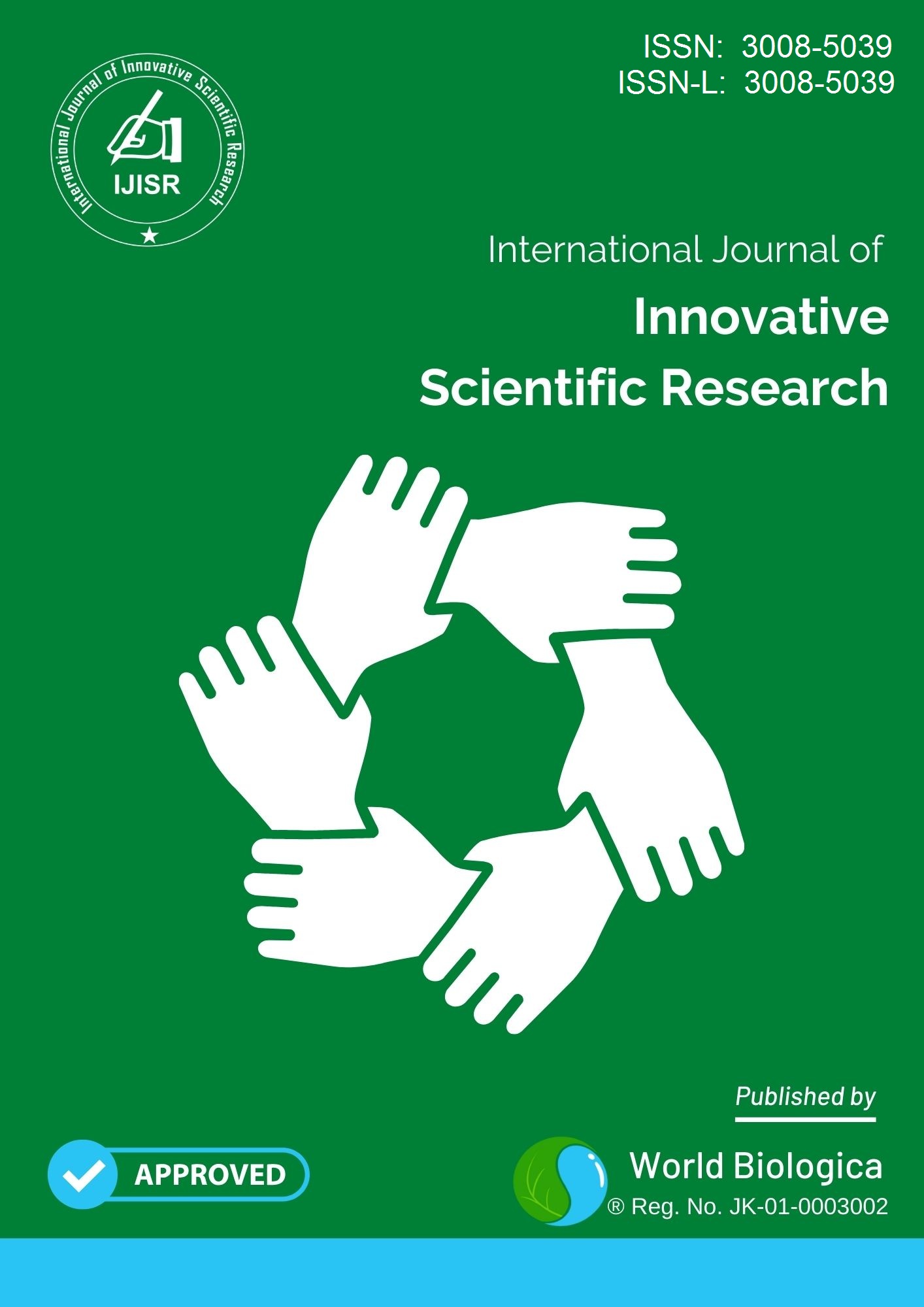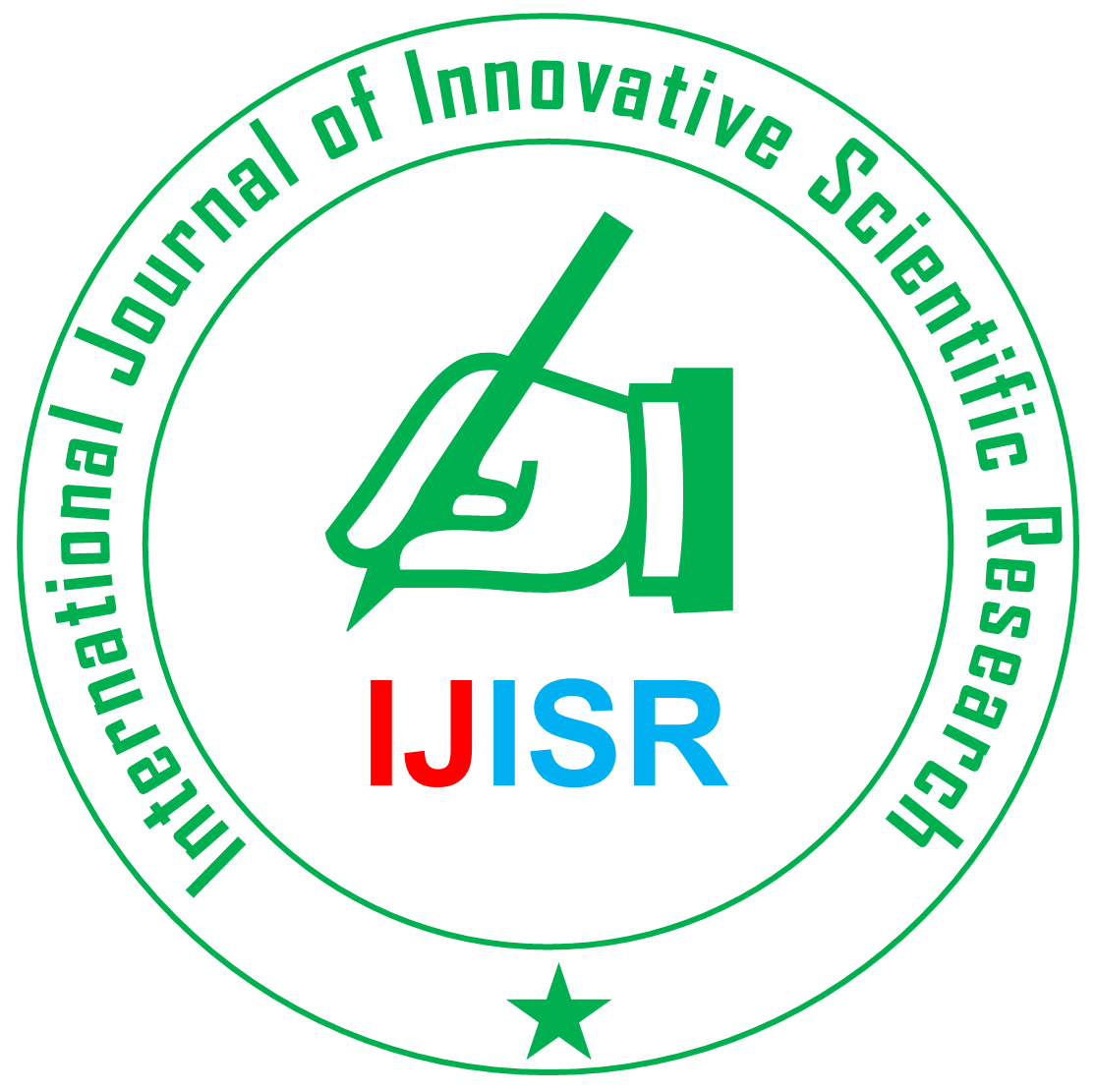Bioactive Compounds and Bioremediation Potential of Brown Algae
A Comprehensive Review
الكلمات المفتاحية:
Active carbon، Biosynthesised nanoparticles، Bioremediation، TiO2الملخص
The toxic effects of heavy metal bioaccumulation in various biological systems, including humans, animals, microorganisms, and plants, pose significant concerns for environmental health and safety. Utilizing different plant materials for the synthesis of nanoparticles is regarded as an environmentally friendly approach, as it avoids the use of harmful chemicals. This review aims to enhance our understanding of the issues related to heavy metal toxicity in contaminated ecosystems and explores viable, sustainable, and eco-friendly bioremediation technologies, particularly focusing on the mechanisms of phytoremediation or heavy metals. However, it is important not to overlook the challenges, such as biosafety assessment and genetic pollution, associated with the implementation of new strategies for cleaning up heavy metal-contaminated ecosystems, considering both ecological and greener perspectives.
التنزيلات
منشور
كيفية الاقتباس
إصدار
القسم
الرخصة
الحقوق الفكرية (c) 2023 International Journal of Innovative Scientific Research

هذا العمل مرخص بموجب Creative Commons Attribution-ShareAlike 4.0 International License.











